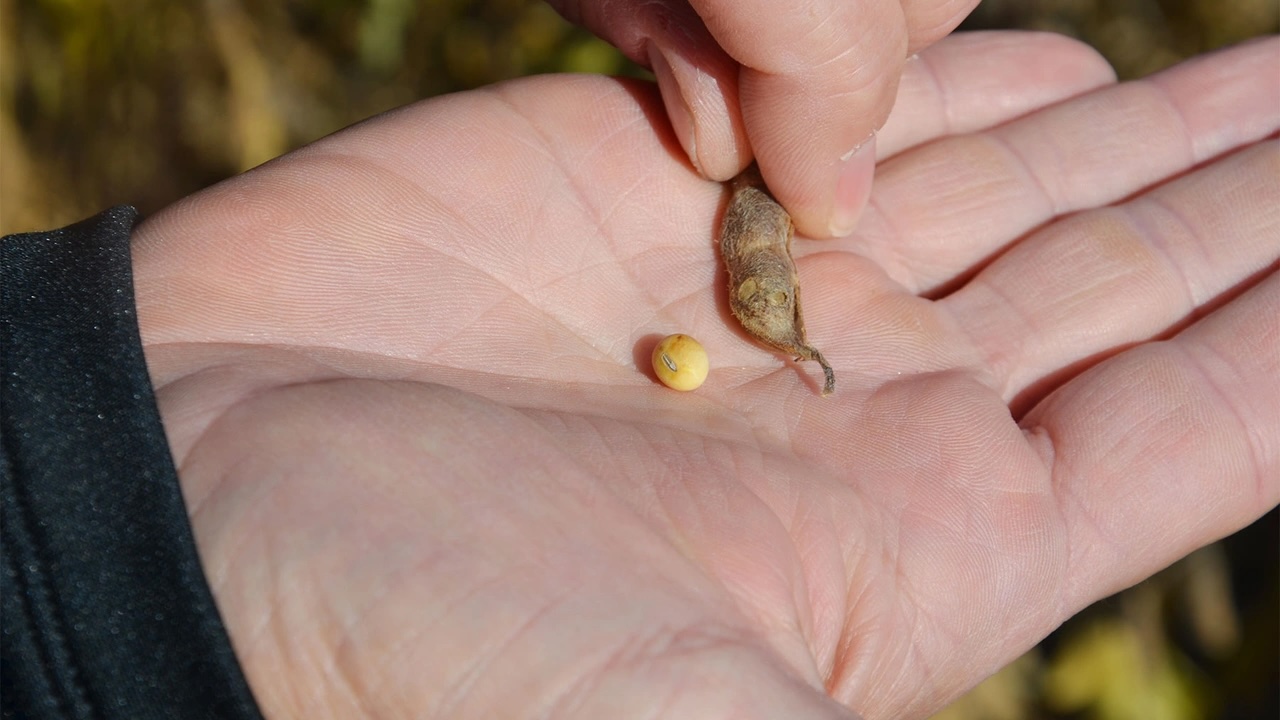Make that extra soybean scouting pass

I always figure once I see the first yellow leaves in soybeans, the crop is done and there is no need to scout. Our crop consultant claims we should keep scouting. What could we possibly learn that would make us any more money once yellow leaves appear?
The Indiana certified crop adviser panel answering this question includes Dan Ritter, Dairyland Seed agronomist, Rensselaer; Brian Overstreet, soil conservation coordinator, Rensselaer; and Steve Gauck, Beck’s agronomist, Greensburg.
Ritter: If you have time, make that one last scouting pass through the field. It’s late enough that your management options are limited and would have little impact from a yield standpoint. But you may come across something that is significant for future years or that can influence your harvest schedule for the fall. The trip may not make you money this year, but it could pay dividends in future years.
Overstreet: At that time of year, you should be on the lookout for insect damage on the pod such as pod feeding by bean leaf beetles or grasshoppers. Stinkbugs feeding on the pods can also cause damage to the seed at this time.
Several diseases may also be on your radar. Cercospora leaf blight can cause purple seed stain. Pod and stem blight and stem canker may be more evident as well. Continuing to scout these fields may ultimately influence your timing of harvest if you find any of these issues.
Gauck: To maintain high yields and a profitable crop, scouting must continue all season. Yield potential can still be affected after you see yellow leaves. The soybeans are moving nutrients from the leaves to the seed to finish out seed size. At this point, we have seen an advantage with rain or irrigation to add more weight to the seed.
Once soybeans start to dry down and lose their leaves, then we need to scout for stinkbugs. They can pierce the pod, leading to damaged and diseased soybeans inside. Scouting also helps to understand if the crop had enough nutrients to finish the season.
You can look at disease pressure and how fungicides worked. You can also notice the poor areas of the field, as they will turn yellow first. This gives you a chance to find your focus areas to improve the field. The last trip scouting at this time also helps prioritize harvest.

